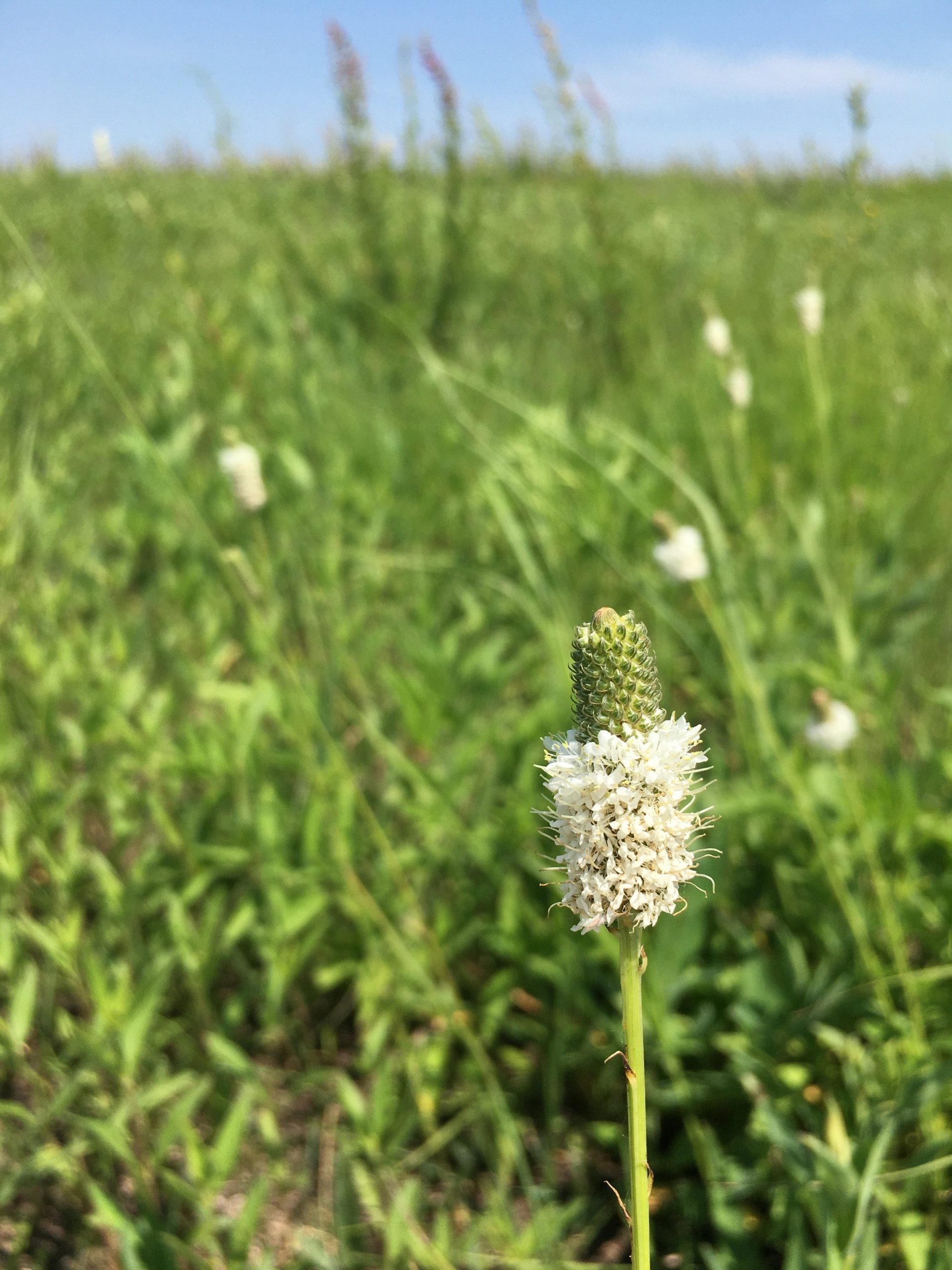Dalea candida (Petalostemum candidum)
$5.49 – $9.89
Description
Key Information:
Soil: Mesic (Medium) – Xeric (Dry)
Sun: Full Sun
Height: 1-3 feet
Bloom Color: White
Bloom Season: June – September
More Details:
Suggested Uses: White Prairie Clover is an upland prairie legume that is beautifully vase-shaped with white flowers that are arranged in a densely packed terminal head. Grows well on both sandy or gravelly soils as well as typical, mesic garden soil. They are also an excellent choice as a cut flower. It blooms a couple weeks before Purple Prairie Clover (Dalea purpurea). The flowers are attractive to butterflies and bees. Rabbits will happily snack on this plant.
Native Range: Native to the Great Plains and parts of the Southwest. Native throughout the state of Minnesota except for the northeast corner.
Pollinators: Bees and small butterflies including the federally endangered Rusty Patched Bumble Bee (Bombus affinis). Prairie clovers are also an important nectar source for adult monarch butterflies.
Flowers: The flowers grow in 1″-3″ long cylindrical spikes. They bloom in a ring around the spike. The individual flowers are 1/6″ long with one main heart-shaped petal and 4 narrow petal like structures.
Leaves: The 1 1/2″ alternate leaves has 5-9 linear leaflets.
Interesting Facts:
Medicinal Uses: A tea can be made from the ground roots. Roots are edible and are eaten raw. Consume at your own risk.
More Information: The roots can grow 5′ deep. It is somewhat more rare than the purple prairie clover.
More information: USDA plant profile
Additional information
| Weight | 2 lbs |
|---|---|
| Size | 6-pack, 3.5" pots, 5.75" pots, Seed Packets (at least 25 seeds) |
| Color | |
| Characteristics | |
| Uses |
 Wheelbarrow
Wheelbarrow




